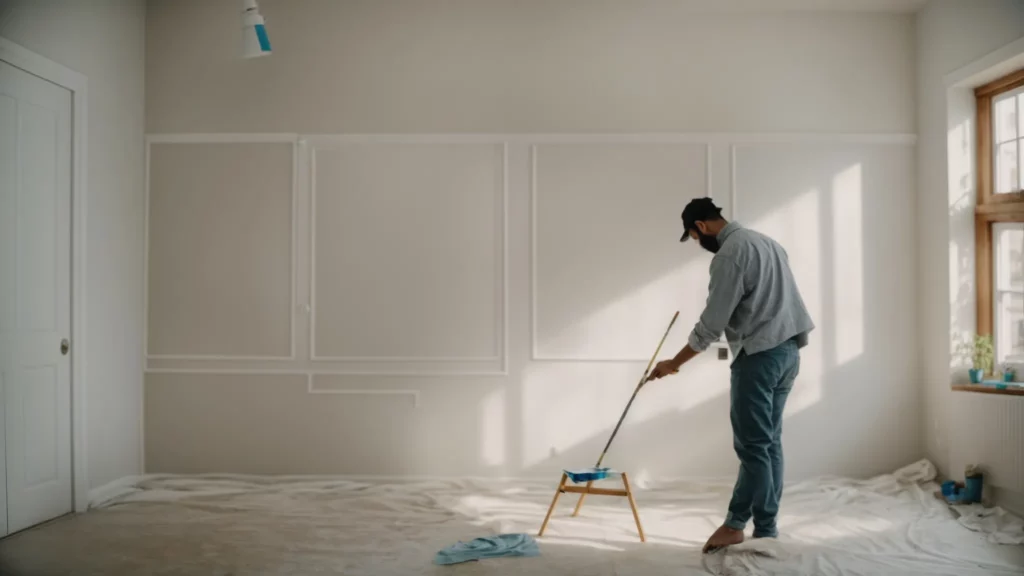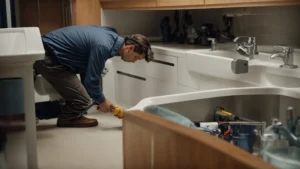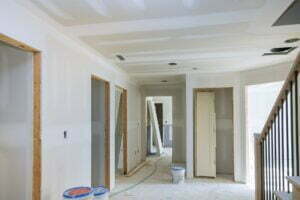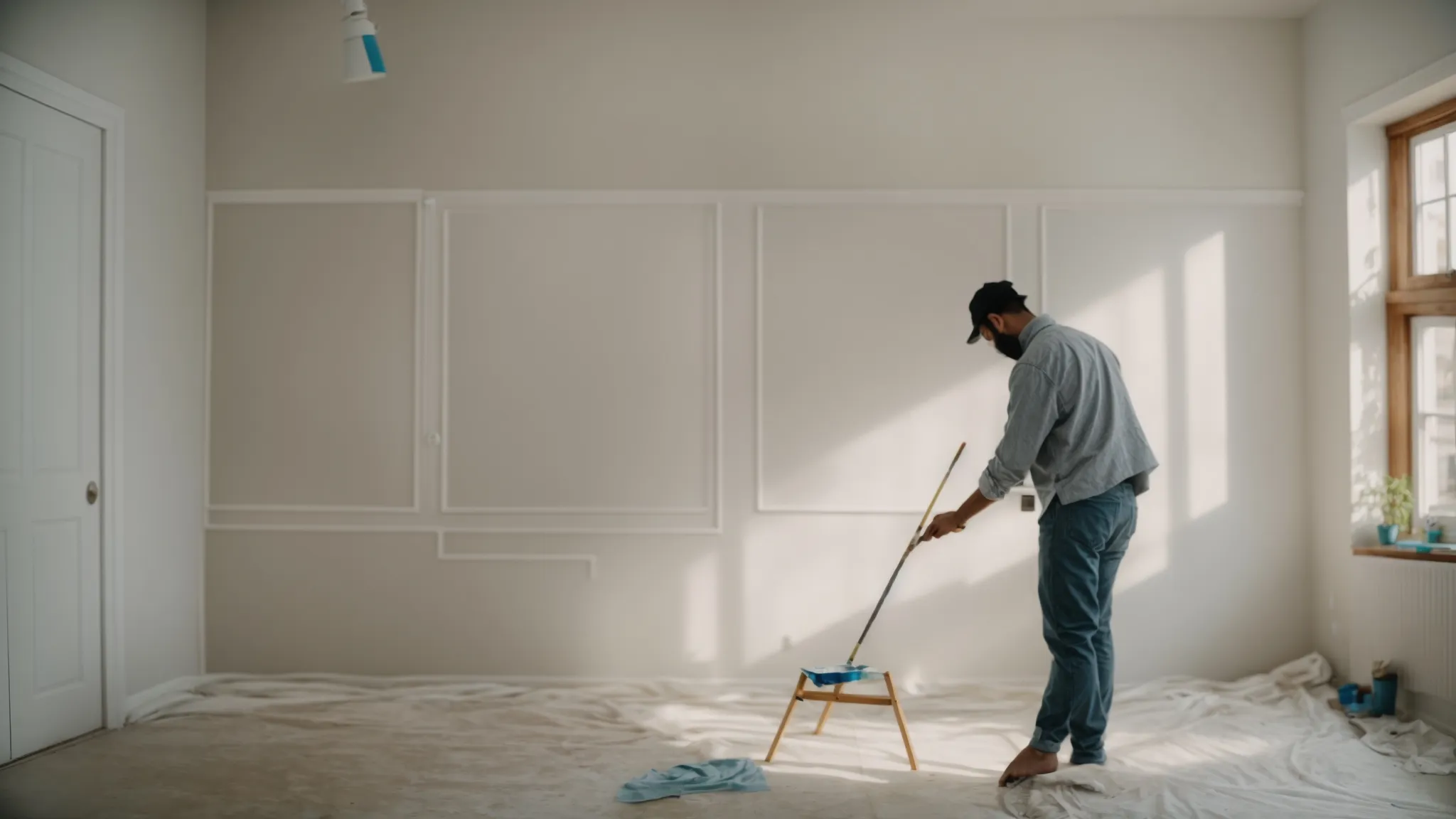
Fixing Up Your Home Before Listing
When you decide to place your home on the market, it’s not just about setting the right price or choosing the best realtor. Creating the right first impression can significantly affect how quickly your home sells and at what price. From curb appeal to interior design, small changes can lead to substantial returns. Making your home appealing to a broad audience can encourage competitive offers and a swifter sale. Keep reading to learn the essential tips for fixing up your home before listing it on the market.
Understanding the Impact of Curb Appeal on Home Sale Value
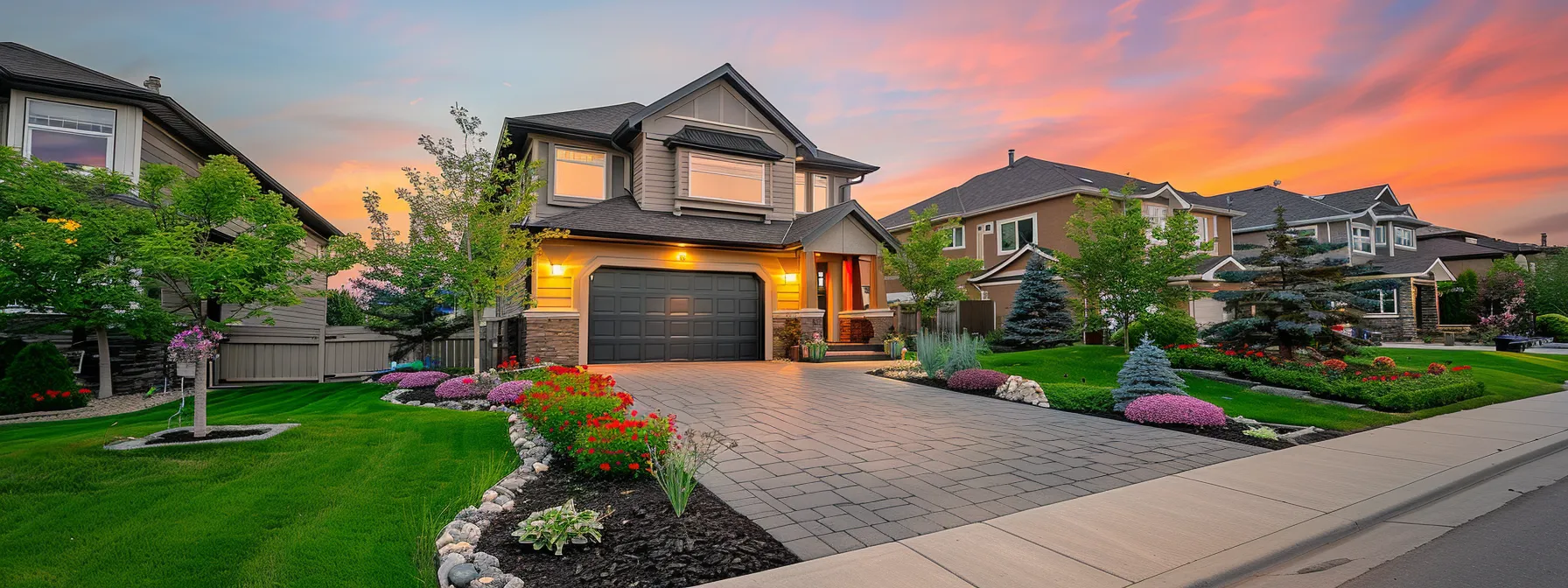
The exterior of your home is the first thing potential buyers see, making curb appeal a critical factor in their initial impressions. A well-maintained landscape and a fresh coat of paint on the front door can go a long way in creating a welcoming atmosphere. Moreover, visual appeal often translates into financial value, potentially raising your property’s market price.
Investing in lush greenery or vibrant garden beds can also entice buyers. If you’re looking for an enduring solution that requires minimal upkeep, consider incorporating artificial flowers that provide color and charm without the constant maintenance of live plants. Additionally, updating exterior lighting fixtures can highlight your home’s architecture and provide a sense of security to potential buyers.
Finally, if your HVAC system is on display, it is prudent to ensure it looks clean and well-maintained. If your system requires servicing before putting your home up for sale, professional services like Senica Air Conditioning in Spring Hill FL can help make sure it operates perfectly and looks presentable.
Maximizing Interior Appeal Through Decluttering and Depersonalization
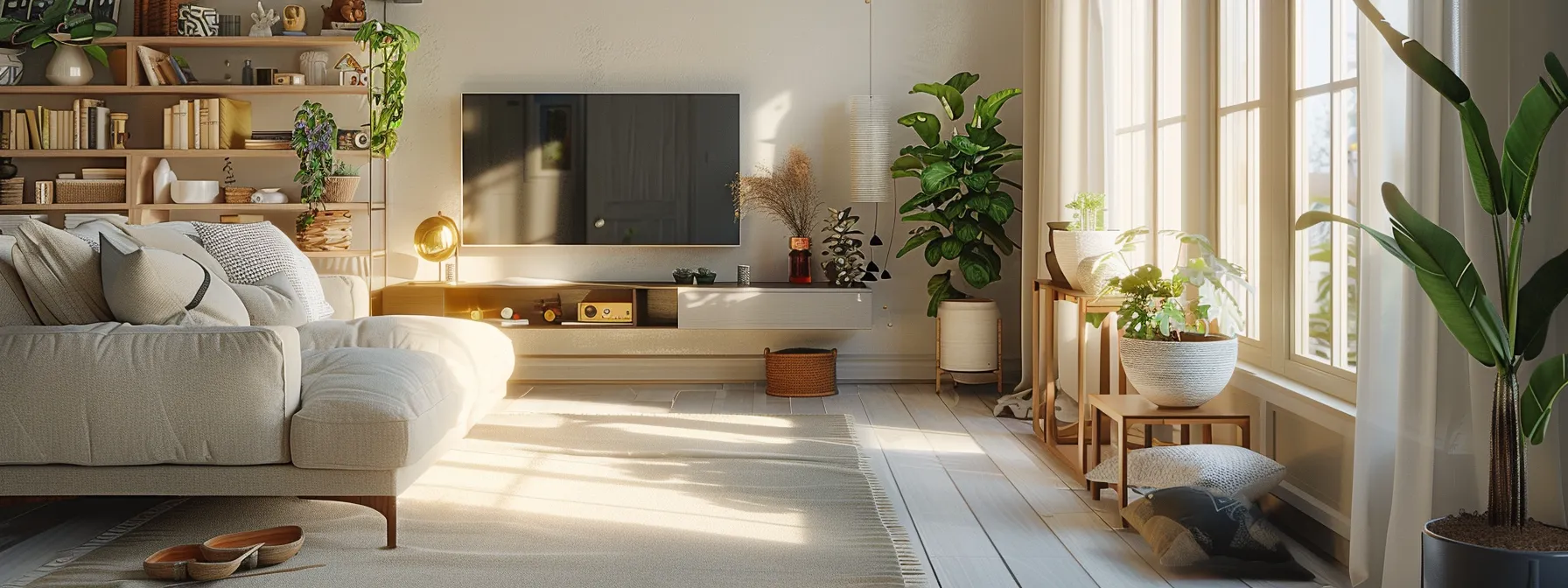
Inside the house, decluttering is essential to making each room appear larger and more inviting. Removing excess furniture and personal items can help buyers envision themselves living in the space. This psychological angle encourages buyers to develop an emotional attachment to the home, which can be pivotal in the decision-making process.
Depersonalization goes hand-in-hand with decluttering. This involves removing personal photographs, distinctive collectibles, and bold artwork. A neutral environment allows the potential homeowner to project their own tastes onto the space without distraction. It creates a blank canvas on which they can paint their future lives.
Storage spaces should not be overlooked in the decluttering process. Buyers are likely to open closets and cabinets, and these areas should appear spacious and tidy. Investing in organizational systems or tools can be an attractive feature that resonates with the practical side of buyers.
Essential Repairs and Upgrades That Increase Home Value
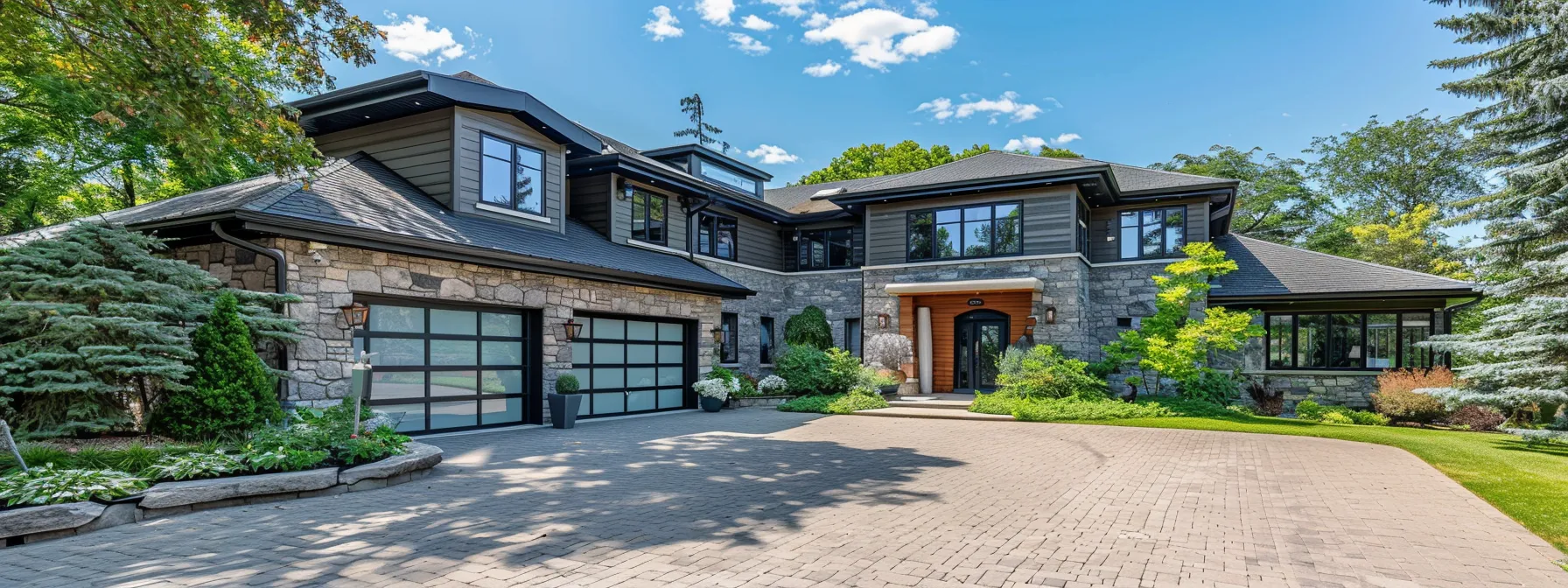
Addressing repair needs is a key step in preparing your home for the market. Fixing leaky faucets, squeaky doors, and cracked tiles can significantly improve the perceived value of your home. While these issues may seem minor, they can suggest neglect to buyers, creating a detrimental effect on their value assessment.
On the subject of upgrades, focus on changes that are likely to increase home value. Kitchen and bathroom renovations typically offer the best return on investment. Replacing outdated appliances, hardware, and lighting fixtures can modernize these spaces and make them more attractive to buyers.
Energy efficiency upgrades are also highly valued in today’s market. Installing new windows, insulation, or smart-home features can be enticing selling points. Not only do they contribute to the home’s comfort and functionality, but they also promise future cost savings for the homeowner, a powerful incentive for many buyers.
Staging Your Home for a Successful Open House and Virtual Tours
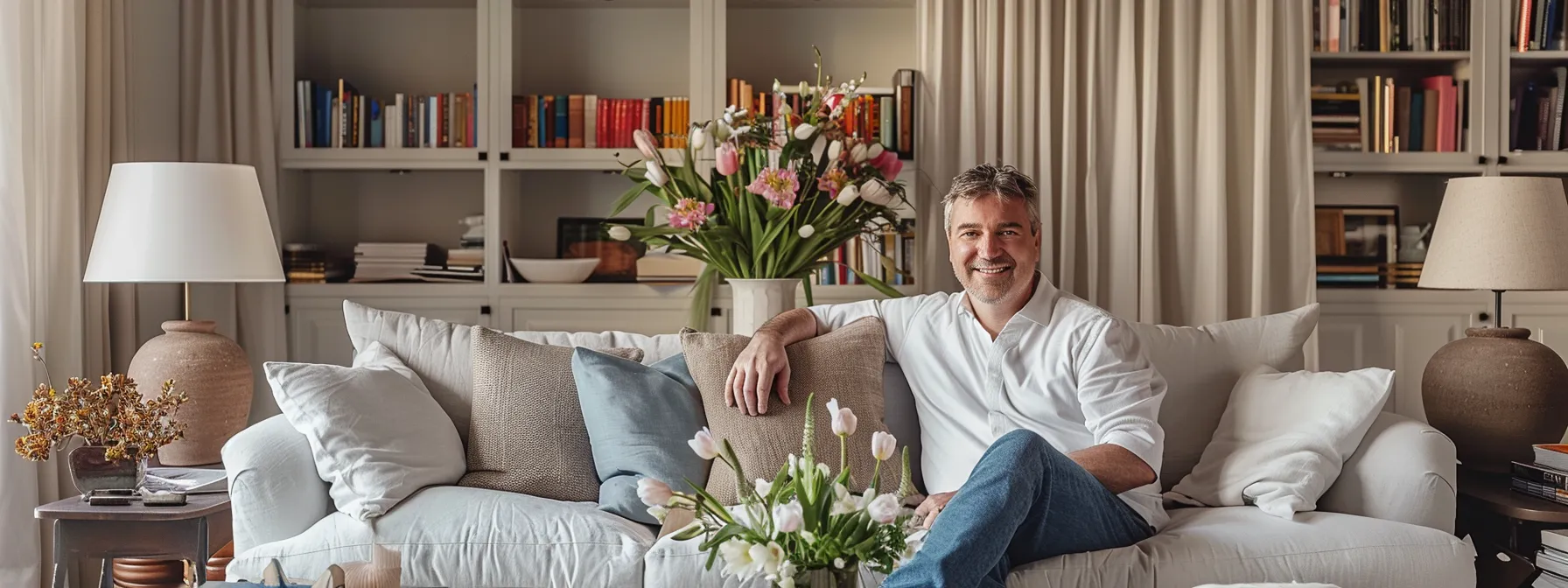
Staging your home can significantly influence a buyer’s perception and decision. Furniture arrangement should maximize space and flow, enabling potential buyers to move freely through the home. Decorative touches, such as fresh flowers or neatly arranged books, can add charm and warmth to your space.
For virtual tours, which have become increasingly important, ensure that each room is well-lit and visually appealing in digital format. Quality photographs and video walkthroughs can make a tremendous difference, and hiring a professional photographer may be worth the investment.
Overall, preparing your home for sale requires attention to detail, some investment, and strategic planning. Addressing both cosmetic and functional aspects of your property can create an inviting and appealing home that stands out in the market. By enhancing curb appeal, decluttering and depersonalizing interior spaces, judiciously choosing paint colors, making essential repairs, and properly staging, you can significantly increase the probability of a successful and profitable sale.

